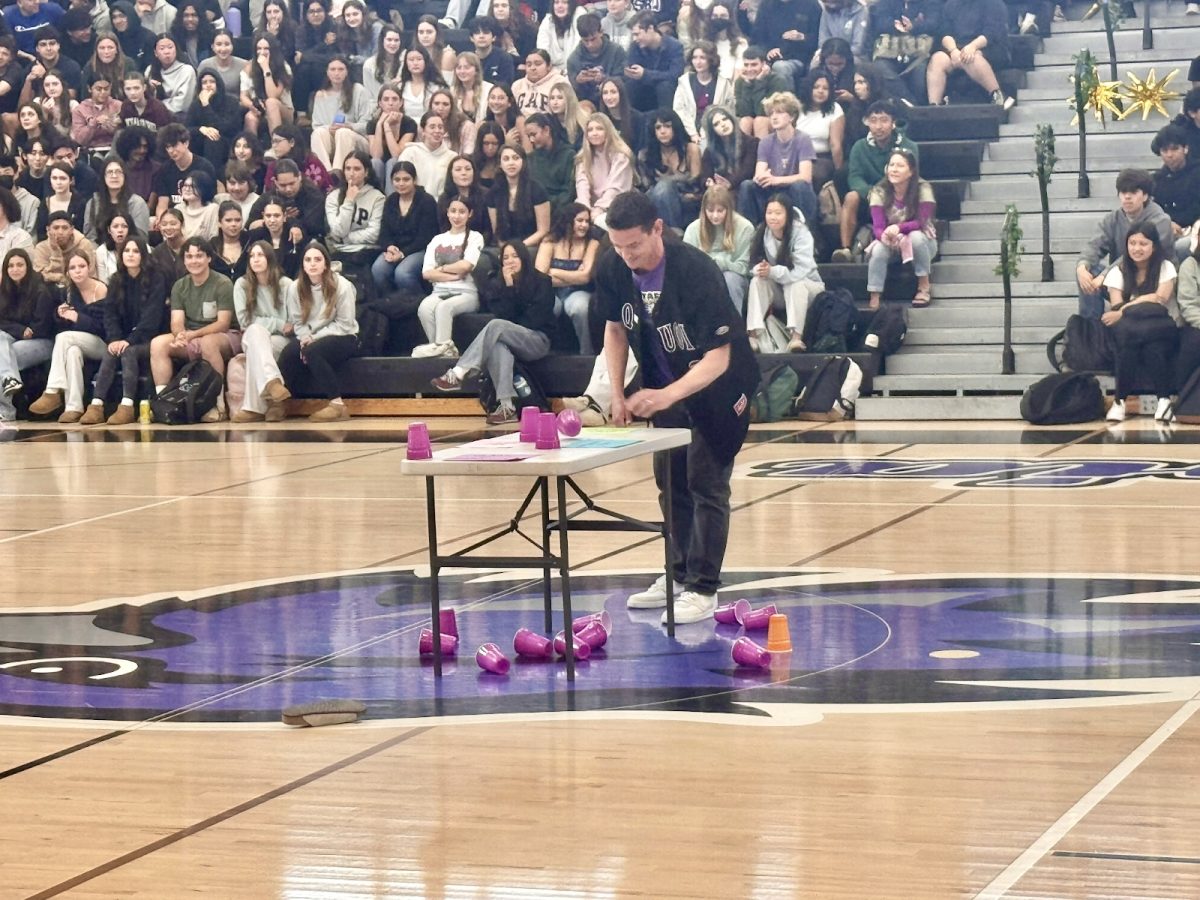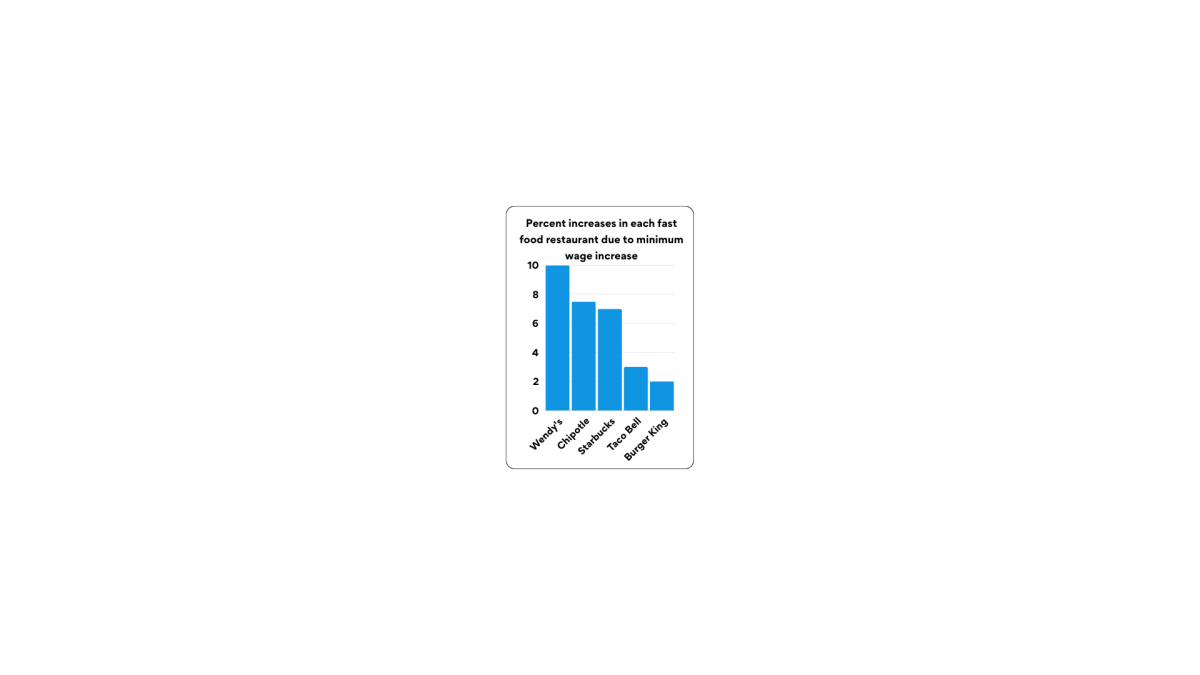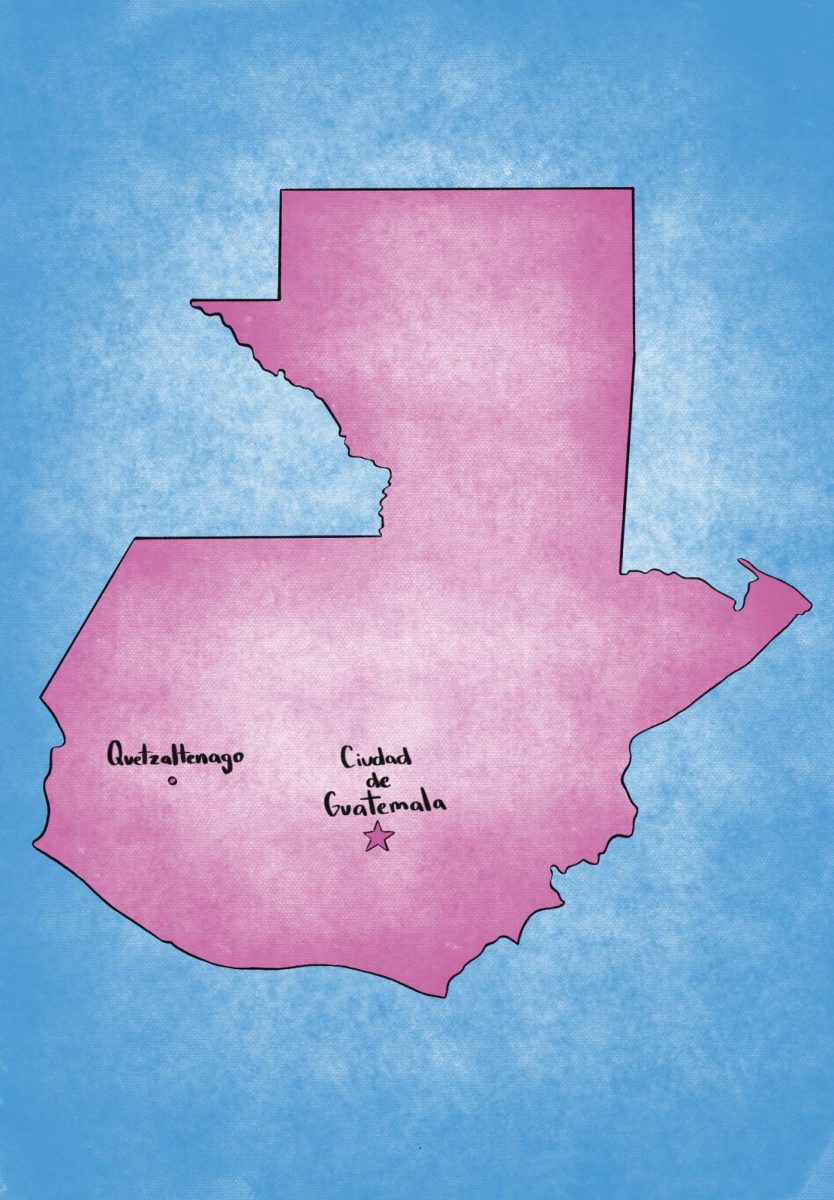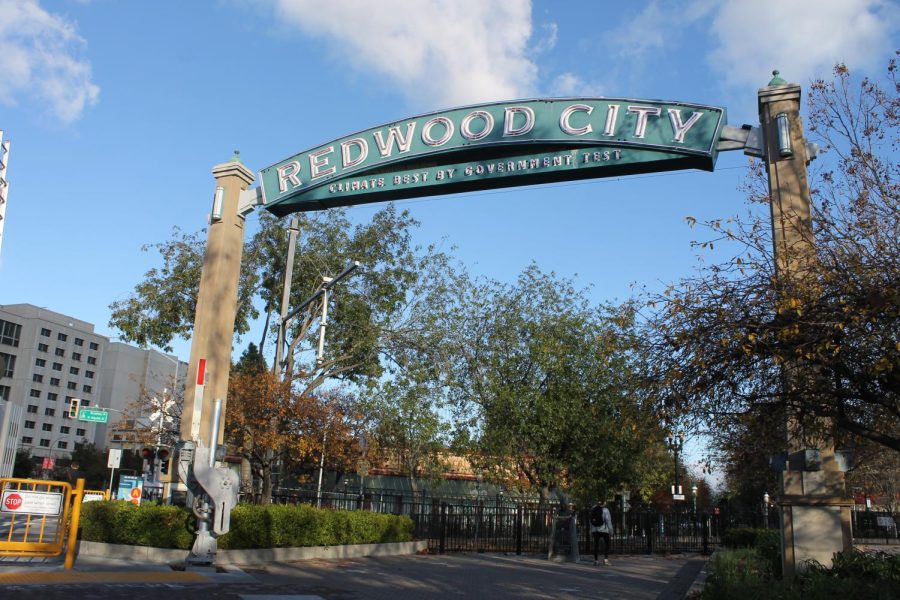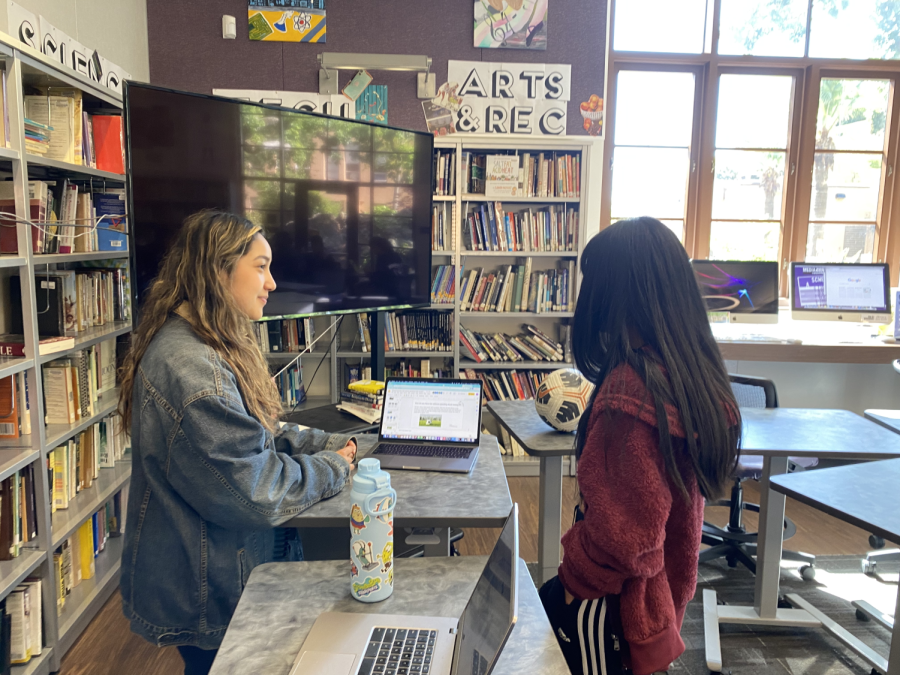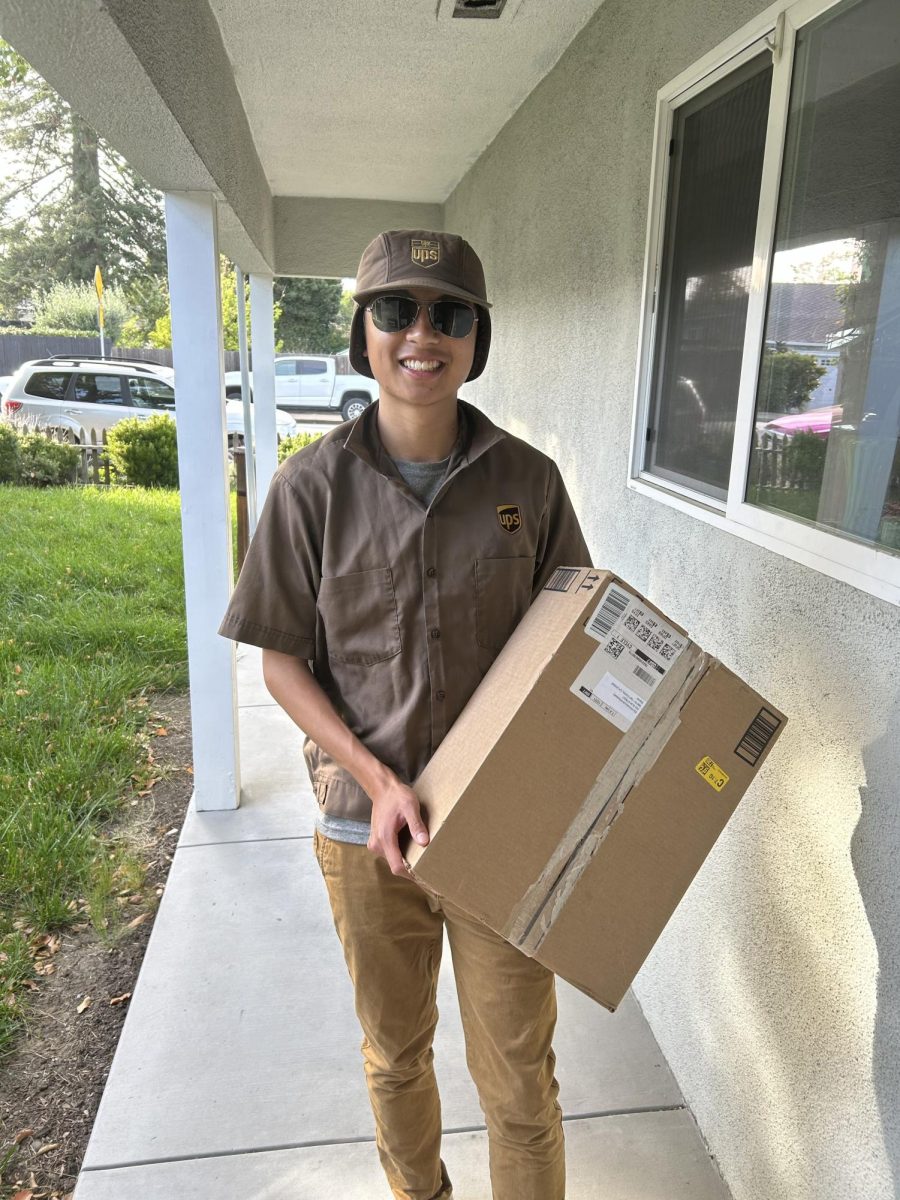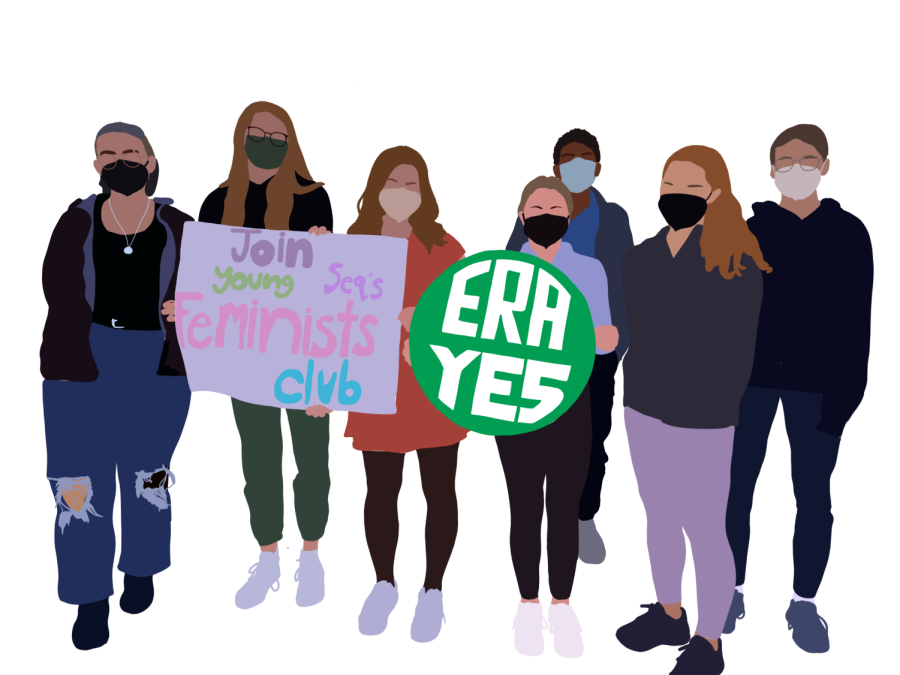Inclusivity, intersectionality and a reflection of feminist history
The Young Feminist Club carries on long-lived ideas of inclusivity and intersectionality
May 23, 2022
Content warning: mention of sexual assault
Feminists young and old have been trying to equate opportunities for women in the world since 1848, the beginning of the feminist movement as we know it today. As the years have gone by, the message has shifted; however, the core ideas pushing movements are still majorly existent.
Sequoia’s Young Feminist Club is no different, introducing new inclusive and educational initiatives on campus this school year. Alongside general development, the club makes efforts to grow the diversity of the club and invite more students of color to participate.
The club, which was founded nine years ago, is made up of five to nine regular members, of which five to six are white, two to three are Black, Indigenous, People of Color (BIPOC), two to three are male, and over five members identify as LGBTQ+. Demographics-wise, the club mainly has middle and lower-middle-class students but has a purpose to serve and support the entire school community regardless of socioeconomic status, race, or sexuality. Additionally, the club philosophy hopes to further develop intersectional feminism.
“That’s where you bring in rights, not just the female rights but human rights. We see feminism as a human right, so [that means] also looking at women of color and the challenges they have versus [those] of a white woman,” Mozelle da Costa Pinto, club advisor and art teacher, said.
The importance of practicing intersectional feminism goes well beyond what happens within club meetings, as it promotes diversity in the school community as well as the world.
“I think intersectional feminism is really the only way to go. We can’t address women’s issues without also addressing the issues of race and sexuality and all the different things that come into play,” Becca Rosenberg, junior and club member, said.
Recognizing intersectionality as it pertains to feminism is critical in addressing any issue that affects people, especially ones Sequoia students face. The club is working towards amplifying varied voices within the club.
The diverse student voices and input provide more perspectives on a complex, multifaceted issue. Sequoia has always been a community that encompasses many different identities, so fully representing that in all clubs is critical.
“Feminism really just means the equality of genders, and genders plural. So there are many genders – we have students who identify with several different ones. And they’re all welcome to join the club because really at the end of the day, what we need is representation,” Rosenberg said.
Though members emphasize that the club is open to all, they have encountered issues with retention of students of color over the years, an area of growth for the club.
“One of the intentions was to see more students of color, be part of the club. There’s a little bit more of that this year than there has been in recent years. But that’s a place where I would still like to see us grow. Because the initial intention of [the club] is to make sure that all voices are represented,” da Costa Pinto said.
Last year through COVID-19, the club suffered and as a result, there was less diversity in the club simply because of the lack of members.
“The goal is always to have a diverse community, and I have enjoyed watching our YFC family grow this year and approach pre-pandemic numbers again, as we continue to build the club back up I am excited to see all of the new perspectives that we will gain,” Sarah Hansen, junior and club president, said.
Though the club has grown steadily over the past year to reach nine members, the representation of BIPOC members is still a work in progress and a long-term goal.
“In general, I’d love to see the club’s active membership grow and with that growth note that there is a solid balance of all groups being engaged and represented within the YFC,” da Costa Pinto said.
As the club becomes more established on campus and general membership grows, the club hopes the member demographics diversify, which would strengthen the club’s message of inclusivity and intersectionality.
“Something that they need to improve in is definitely being more inclusive with everyone […] They could present this to the school [as], this is our feminist club. We are diverse, we advocate for change in the way that we think about our rights. In general, if we saw more inclusiveness of different ethnicities, genders, it would encourage people to join in,” Noemi Leon, sophomore and non-club member said.
When there are more people of color participating, it also helps to portray the club as open to all.
“I was scared of joining [the club] because I didn’t see as much diversity in the group. And although they want to advocate for it, it’s not really seen in there. Because there’s very few people of different color,” Leon said. “I don’t want it to feel like we’re not welcome [joining] the club. And that’s what’s really stopping me from joining, just that fear of being rejected because of my color, or my race.”
The club currently does not specifically target underrepresented backgrounds in recruiting new members. As such, some students feel as if the club is unapproachable because they do not see people of the same race or ethnicity as them.
“I think that’s a step that I want to take, maybe join it too so that I could make it more diverse and encourage others who are like me to join the club as well so that they’re not as scared that there’s not as many people of color,” Leon, who is Latina and part of the Latino Student Union, said.
While unintentionally so, the majority-white demographic of the club members may turn away students of color who do not feel as if the members and club as a whole would be able to understand the struggles of historically underrepresented groups.
“For [my friends], some of them are immigrants and their parents are [too] so they’ve gone through a lot of rejection from white people and they’re [feel like], ‘We don’t want to join the club because we feel like if we join, it’s us not resisting the racism that they’re inflicting on us and we’re just giving in and we’re joining the club,’” Leon said.
The club’s executive board and members plans to discuss implementation strategies for recruiting and retaining more club members and BIPOC students in the spring. Additionally, they want to focus on supporting more students of color to become active members and hold leadership positions, driving for more profound change in areas of diversity.
“[T]here needs to be a more concerted effort to invite more students of color into the group and to encourage those students to take a leadership role early on so that they take ownership and feel actively engaged with the decisions and direction in which the club chooses to focus its energies,” da Costa Pinto said.
To tackle issues that affect underrepresented populations with the constraint of less diverse voices in the club, members continually strive to educate themselves with content provided by Girls Learn International (GLI) and the feminist magazine Ms. Magazine. Both GLI and Ms. Magazine were instrumental in founding the club, and the club is also a local GLI chapter.
“We try to find issues that transcend demographics and improve the climate [and] culture of the school. […] Having more diverse perspectives in the club can increase our awareness of different issues that we may not be aware of, or that affect specific communities on campus,” da Costa Pinto said. “We are continually learning through GLI and Ms. about the current global crisis and struggles for women and gender equality and often that helps direct our focus at Sequoia.”
Despite the areas of growth pertaining to the representation in the Young Feminist Club, they are still mindful to be inclusive and accessible whose purpose is to educate and support.
“Each year builds upon the last and through that depth of work and stability the club has been able to build and implement (as well as educate) the school with successful and positive projects that improve Sequoia’s culture and directly help the entire student body,” da Costa Pinto said.
In March, the club was recognized by the Sequoia Union High School District (SUHSD) Board of Trustees for “exceptional leadership, advocating efforts, and outstanding hard work to educate the Sequoia High School community.” Their efforts at school range from funding infographics to providing menstrual products for all.
An ongoing club project, Pink Boxes, promotes menstrual equity, which is the affordability and accessibility of menstrual products for all demographics on campus
During distance learning, the club handed out menstrual products in pre-made care packages with school lunches that the district provided for all students. Now that students are back on campus, a pink shoe box containing menstrual products can be spotted in every classroom.
The boxes are part of a larger Pink Box project, implemented across schools in the SUHSD and the wider Bay Area Peninsula through GLI.
“We have to have menstrual products free and available on campus because Sequoia is a Title 1 school, we have a certain amount of students below the poverty line,” Hansen said.
In October of 2021, Gavin Newsom, governor of California, signed a bill requiring all California public schools and colleges to stock restroom facilities with free menstrual products (NPR). Though the school is required to provide them, the menstrual product dispensers are maintained poorly and frequently empty. The YFC hopes that with the Pink Boxes, students are able to access high-quality menstrual products without taking any time out of their school day trying to find them.
The assumption that only women menstruate is something the club is hoping to reform by distributing Pink Boxes and opening dialogue about the stigmatized topic.
“By using more gender-neutral terms like ‘people who menstruate’ instead of ‘women,’ that way we can not assume. By not saying things like ‘feminine products’ and by saying ‘menstrual products’ instead, that makes it more gender-neutral,” Adam Trinklein, sophomore and club member, said.
Members are also introducing new initiatives throughout this year, such as reforming the sexual assault reporting on campus to keep all students safe. There are currently guidelines and a policy for reporting sexual assault incidents to an adult and staff member at school; however, much of the student body is unaware of the reporting process or issues surrounding sexual harassment.
“Right now, we’re working on printing infographics that will help students know how to report sexual assault. […] we hope that it makes students feel more comfortable reporting incidents and make the process a little bit easier because when you have a traumatic experience, it’s sometimes hard to go directly to an adult,” Rosenberg said.
The sexual assault infographics not only destigmatize an important issue and reform crucial guidelines for keeping everybody safe at school, but also introduces policies towards a higher level of student equality.
“[W]hat we’re trying to do is make it so that everyone’s on an even playing field with these sexual assault infographics. Hopefully, it will help students feel like no matter their race, their gender identity, their sexuality, they can still feel like they can report abuse,” Rosenberg said.
To expand the club’s message to those who are unable to come to club meetings, informative newsletters were created. In February, the first monthly newsletter for the club was released.
“A new initiative for this year is to create this monthly newsletter because we feel like we’d be able to reach more people on campus […] And so last month, we created our very first newsletter which went out to the whole school, and we plan to keep doing them every month for the rest of the school year,” Hansen said.
The February newsletter released during Black History Month spotlighted many famous Black historical figures and their contributions to fields of social and civil justice.
“Our February newsletter was all focused on Black women who have been instrumental in social change or feminism or science or literature, any of those different types of subjects, and I think it’s really important that we just recognize that just because we’re a feminist club doesn’t mean that we can’t celebrate Black history,” Rosenberg said.
The club has also released its March newsletter about various ways to celebrate Women’s History Month and a recommended reading list.
A brief history of modern feminism
The inclusivity issues the Young Feminist Club at Sequoia is tackling, while not identical, reflect larger issues of inclusion in the feminist movement.
From the first wave of feminism beginning in the late 19th century, people of color have always been disproportionately excluded. The 1848 Seneca Falls Convention, regarded as the birthplace of feminism, was monumental in bringing change and championing voting rights for women. However, the advocacy movement led by Elizabeth Cady Stanton, Lucrecia Mott and Susan B. Anthony only brought benefits to white, middle and upper-class women. Those celebrated as pioneers of the feminist movement actively excluded addressing issues of race and oppression faced by Black women.
Despite the efforts of women of color like Sojourner Truth and Maria Stewart in the first wave of feminism, the movement established itself as one solely for the benefit of white women.
When the 15th Amendment was ratified in 1870, even though it protected the voting rights of people of all races, the same right did not extend to women. The 15th Amendment states, “The right of citizens of the United States to vote shall not be denied or abridged by the United States or by any State on account of race, color, or previous condition of servitude.”
At the same time, white suffragists began pushing for voting rights for white women, excluding Black, Native American, and Asian women. With the exclusion of women of color, the suffragists were able to present voting rights for white women as an extension of white supremacy.
The 19th Amendment ratified in 1920 was an immense step for equal voting rights for women. The 19th Amendment states, “The right of citizens of the United States to vote shall not be denied or abridged by the United States or by any State on account of sex.” However, the amendment still did not guarantee all women access to polls and opened voting up almost solely for white, economically advantaged women. African American women were faced with intimidation tactics against them to turn them away from accessing polls, even though it was within the law that they could vote.
“In the case of the 19th Amendment, even as it’s ratified in August of 1920, all Americans are aware that many African-American women will remain disenfranchised. The 19th Amendment did not eliminate the state laws that operated to keep Black Americans from the polls via poll taxes and literacy tests—nor did the 19th Amendment address violence or lynching,” Martha S. Jones, historian and author, said in an interview with TIME in 2020.
The development of the second wave of feminism beginning in 1963 brought into perspective the Civil Rights Movement of the 1950s and other issues of equality, which highlighted the lack of opportunities for people of color and other minority groups. The Second Wave focused on equality, fighting systemic sexism, and allowing women to have reproductive rights over their bodies. As the feminist movement developed, women of color and Black women found themselves again ostracised from the mainstream platforms powering the movement.
“Black women wanted to fight not just for the right to contraception and abortions but also to stop the forced sterilization of people of color and people with disabilities, which was not a priority for the mainstream women’s movement. In response, some Black feminists decamped from feminism to create Black Feminism. Fran Beal co-founded the Black Women’s Alliance and then the Third World Women’s Alliance (TWWA). TWWA developed an analysis that incorporated race, class, gender, and an international perspective,” Constance Grady, a reporter for Vox, said.
The TWWA was one of the first organizations that advocated for an intersectional approach to fighting women’s oppression, arguing that women of color faced race, gender, and class oppression together. The term “intersectionality” was first coined in the 1980s by gender and critical race theory scholar Kimberlé Crenshaw to describe how different forms of oppression intersect.
Intersectionality was a key component of the third wave of feminism, beginning in the 1990s. Gender theorist Judith Butler was also heavily influential in the third wave and argued that gender and sex are separate and that gender is performative. The ideas of Crenshaw along with Butler became the foundation for the fight for trans rights as another aspect of intersectional feminism.
While intersectionality has been integrated into mainstream feminist movements for decades, there are still instances of modern feminism failing to recognize its importance. As a prominent example, the immensely successful feminist book Lean In by Sheryl Sandberg published in 2013 fails to account for the ways race and social status play into the gender discrimination experienced in the workplace. The book rode to the top of the New York Times bestseller list for more than a year, becoming highly influential as a guide to achieving workplace success and climbing the corporate ladder as a woman.
She advised women to “lean in” to achieve gender equality at work, asserting themselves the same way as their male counterparts to close the ambition gap between men and women. A considerable amount of the criticism came from how Sandberg was speaking from a place of immense privilege, as an extremely wealthy white woman with a successful career and stable family.
“‘Lean In’ was well-intentioned and opened up the conversation, but, you cannot effectively talk about leaning in for Black or brown women without discussing the role that race plays and the barriers to even enter the room for a seat at the table,” Minda Harts, author and CEO of a career development platform for women of color, said.
Sandberg focused on actionable advice women should take to achieve success, disregarding the immense barriers that women of color and other populations face.
“It almost seems as if Sandberg sees women’s lack of perseverance as more the problem than systemic inequality. Sandberg effectively uses her race and class power and privilege to promote a narrow definition of feminism that obscures and undermines visionary feminist concerns,” bell hooks, author and social activist, said.
Concerns about Sandberg’s work closely reflect the idea of “white feminism” which often solely focuses on the struggles of white women and fails to address the underlying causes of what makes rights for people of color more difficult to obtain.
“White feminism works on the assumption that all women are equally oppressed,” said Kenyan-Canadian Truphena Matunda. “The power structure within white feminism puts the concerns of Western white women before any other group […] often leaving issues concerning women of colour out of the conversation completely.”

